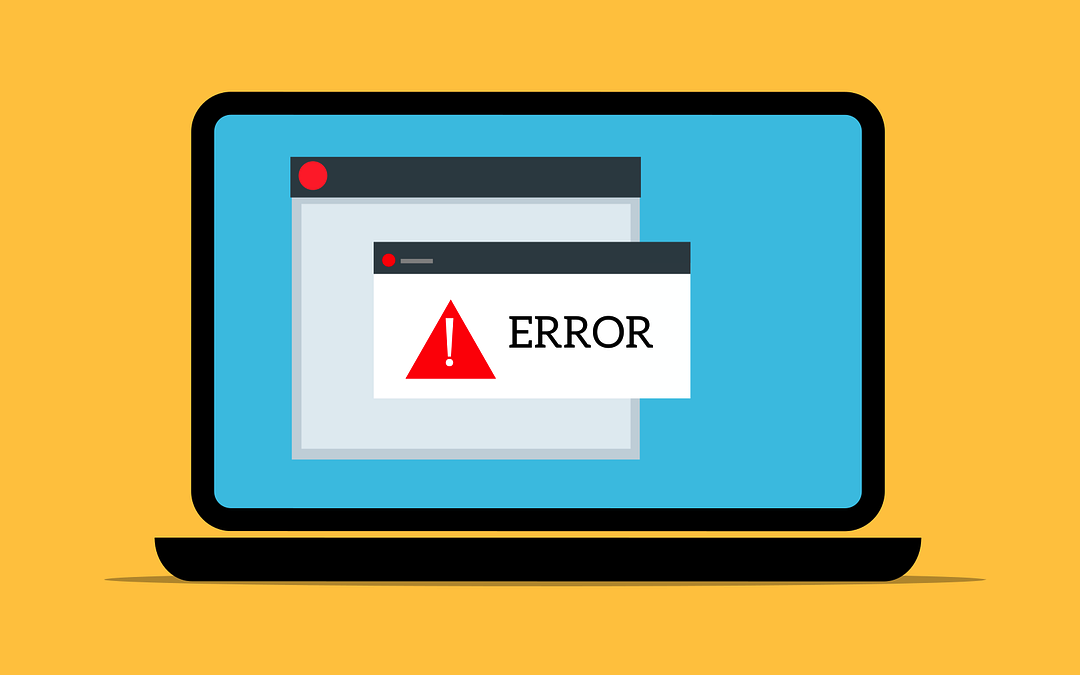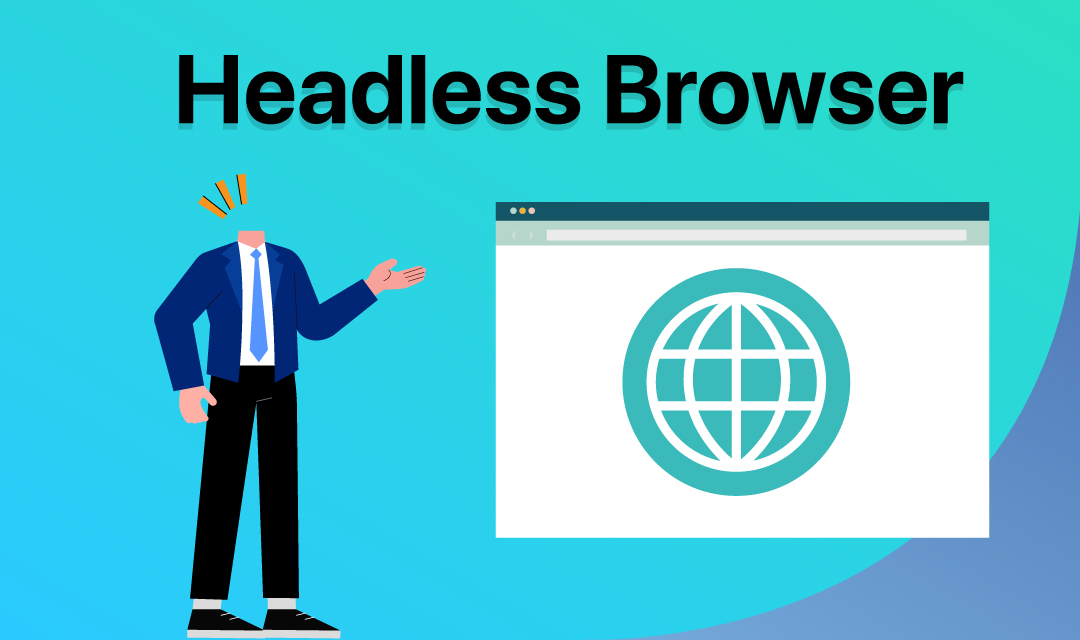The world wide web is also known as the "www", "w3" or simply "web"; and it refers to the hypermedia system which allows users to view HTML formatted documents over the Internet. A hypermedia document is hosted by a web server and is accessed through a web browser by identifying each document by a uniform resource locator (URL). Tim Berners-Lee developed the very first web server, web browser, and HTML documents at the CERN research lab in 1990. A web page is formatted in HyperText Markup Language (HTML), and the document supports plain text, images, video, audio, hyperlinks (clickable links to other HTML documents), and javascript to allow the dynamic manipulation of the document and user interactions. The HTML documents are transferred across the Internet using the HyperText Transfer Protocol (HTTP).
What is Web 3.0?
Web 3.0 is the third generation of the World Wide Web, and its vision is to support decentralization, openness, and greater user utility. Since it is currently being worked on, nothing definitive standards have been defined. However, the goal of Web 3.0 offers the following core features:
- Decentralization: In Web 2.0, a web page is retrieved by visiting a URL (web address) and the content was delivered by a "single" web server. If this server goes down, the content will not be available. Web 3.0 changes how information is stored and distributed, and it will use blockchain technology to decentralize and allow multiple servers to store the same content.
- Ownership: With the decentralization of the web, there will be no central authorities governing the web. The transactions are conducted peer-to-peer, and the contents are delivered without intermediaries making it transparent to everyone. This is similar to how blockchain technology distributes the ledger without governing body.
- Artificial Intelligence: Another goal of Web 3.0 is to promote machine learning to improve content gradually over time. The AI capability allows computers to produce more reliable and relevant results to cater to users who seek information.
What is Web 2.0?
The term, Web 2.0 was introduced by Tom O'Reilly in 2004 and it refers to the modern web we use today. As the name suggests, Web 2.0 is a second generation of the World Wide Web. The major distinction of Web 2.0 over Web 1.0 is the "dynamic" nature of how web pages are presented to a user.
Web 2.0 allows interactivity, social connectivity, and also promotes user-generated content. The user-generated contents are stored in a database, and made available to other users instantly. While Web 1.0 was primarily used on desktop computers, Web 2.0 has advanced to support mobile devices like smartphones and tablets; and the web pages are designed to display content responsively whether it was shown on a computer, tablet, or phone.
Web 2.0 also contributed to the exponential growth of social media networks. Dynamic interactivity over mobile devices allows users to contribute texts, photos, and videos on the social media platforms like Facebook, Instagram, TikTok, and Twitter. The advent of Web 2.0 was largely contributed by FAANG, a group of five largest companies in the USA: Meta (META, known as Facebook), Amazon (AMZN), Apple (APPL), Netflix (NFLX) and Alphabet (GOOG).
What is Web 1.0?
Web 1.0 refers to the original web developed in 1990. The core elements of the original web include the following:
- HTML: HyperText Markup Language (HTML) is the document formatting language designed to display hypermedia documents through a web browser.
- URL: Uniform Resource Locator is a "globally" unique address used to invoke a web page through HTTP.
- HTTP: HyperText Transfer Protocol is responsible for transferring HTML ("web") documents over the Internet.
The original web 1.0 was primarily designed to display "static" web pages without many user interactions. The original web 1.0 was supported by browsers like Netscape Navigator and Microsoft Explorer.












